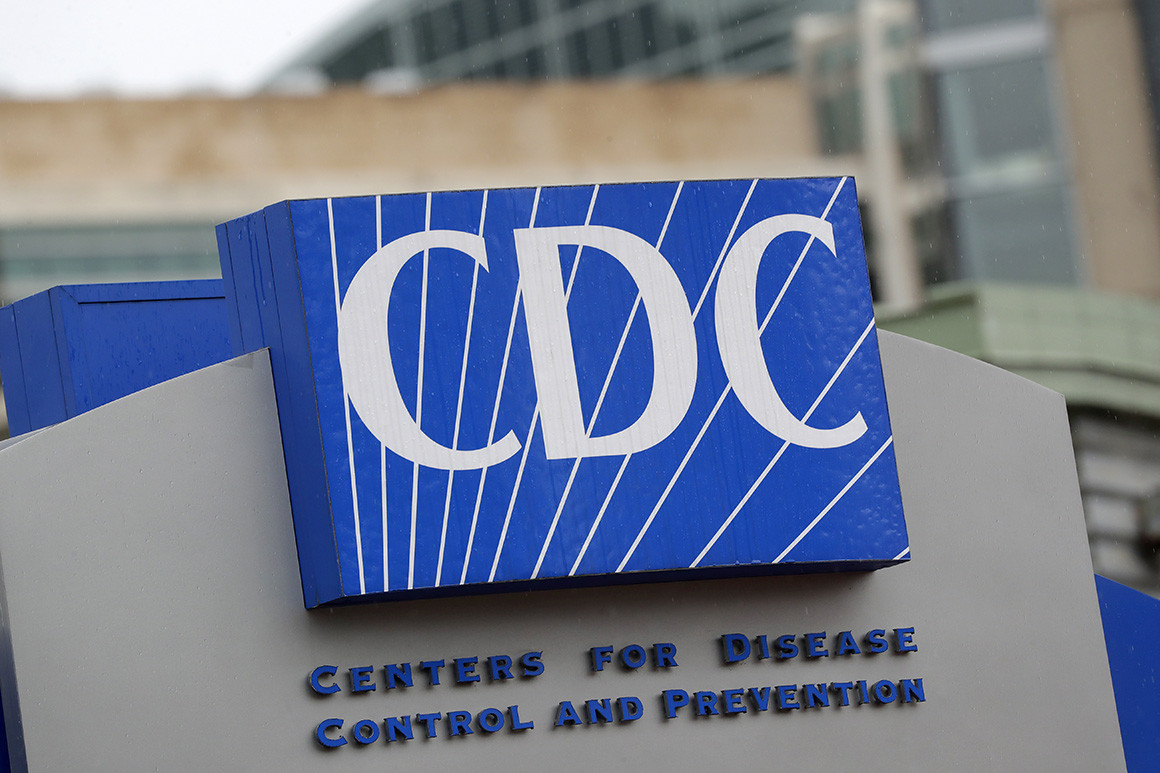A new report from the U.S. Centers for Disease Control and Prevention (CDC) has found that at least one in 10 Americans are using some type of prescription painkiller.
The report found that the use of prescription opioid painkillers leveled off between 2015 and 2018, and prescriptions nonopioid painkillers increased in that period.
President of the American Academy of Pain Medicine Dr. Ajay Wasan said this survey and other studies have shown that pain management is now becoming safer.
Dr. Wasan, who is the co-director of the Center for Innovation in Pain Care at the University of Pittsburgh, said, “It is becoming less reliant on opioids, and physicians are prescribing much more responsibly.
From 2015 to 2018, more than 10 percent of American adults aged 20 and above used at least one prescription opioid such as oxycodone, or a nonopioid such as Celebrex, according to the investigators.
Furthermore, they found that about 6 percent of Americans used one or more prescription opioid painkillers and 5 percent used a nonopioid prescription pain medication.
CDC Epidemiologist Dr. Qiuping Gu said, “Physicians should look first at nonopioid drugs to manage pain and then if nonopioid medications don’t work, think about opioids.”
Dr. Yili Huang from Northwell Health Phelps Hospital in Sleepy Hollow, New York, said, “When taking into account that 21% to 29% of patients prescribed opioids for chronic pain may misuse them, and 8% to 12% of these patients may develop opioid use disorder, the survey data showing greater than 1 of 20 U.S. adults using opioids for pain continues to be problematic.”
“This stresses a need for continued pain management education as well as increased access to safe and effective pain care,” Dr. Huang added.
Dr. Wasan noted that some patients may not get the pain relief they need because doctors are more hesitant to prescribe opioids and insurers have become more reluctant to approve them.
“Unfortunately, a lot of that has been made worse by insurance companies that have become very restrictive on opioid prescribing,” he said.
“Even if opioids are appropriate to prescribe, you can’t prescribe because of all the barriers involved that insurance companies introduce,” Dr. Wasan continued. “That is one of the big drivers for many patients receiving inadequate pain care.” “In managing chronic pain, there needs to be the use of multimodal approaches, so that you can avoid opioids and so you can also get the most improvement in pain and function,” Dr. Wasan added.























